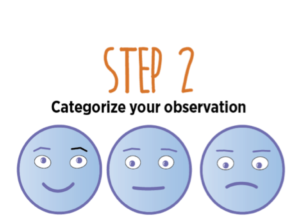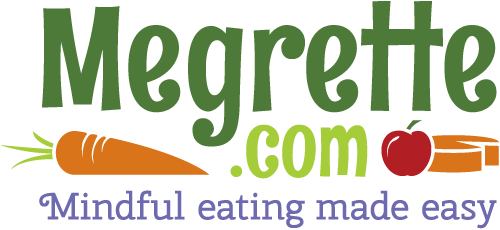“I get so confused when I go shopping with my husband. He will just push the cart and randomly pick up things to eat. These aren’t even on the shopping list! And I look at what he has chosen, and I get so frustrated I want to scream — I mean, COOKIES, ice cream, cake, and chips! I see these things, and my stomach starts turning. I am not even sure if I am hungry, but I know I want to eat them.” ~ Linda
In our food abundant society, guilty pleasures are everywhere. Linda’s struggle of wanting to eat the low nutrient foods her husband is choosing, while not being sure she is hungry is the very thing with which your clients struggle. As a dietitian, I hear these frustrations at every session. It is tempting to take charge and instruct Linda, “Tell your husband not to buy junk food!” but we both know it really won’t help. The problems Linda faces are far more complex than her husband not having tempting junk foods in the house.
So, the question for every health professional is where to begin? To start, demonstrate your understanding of Linda’s struggles by reflecting what you heard from her. For example, you might say, “You are feeling frustrated” or “There isn’t a clear answer” or “You are concerned what you need to change will disrupt your husband’s diet.”
 Next, help Linda make a deeper connection, with something I call the “13-inch Journey” which represents the path from her head to her heart. In the Core Concepts of Mindful Eating, this is step two in the mindful eating map, Categorizing Your Observations. In this step, the graphic of three faces represents pleasant, neutral, and unpleasant experiences. While counseling, ask Linda to check in non-judgmentally and identify how she would describe her shopping experience with her husband: pleasant, neutral, or unpleasant. For example, see the counseling dialog below:
Next, help Linda make a deeper connection, with something I call the “13-inch Journey” which represents the path from her head to her heart. In the Core Concepts of Mindful Eating, this is step two in the mindful eating map, Categorizing Your Observations. In this step, the graphic of three faces represents pleasant, neutral, and unpleasant experiences. While counseling, ask Linda to check in non-judgmentally and identify how she would describe her shopping experience with her husband: pleasant, neutral, or unpleasant. For example, see the counseling dialog below:
Counselor: Thank you for helping me understand your current situation. I am wondering how you would describe the experience of shopping with your husband? Would you describe it as pleasant, neutral, or unpleasant?
Linda: Well, when he puts the junk food in the cart it is unpleasant!
Counselor: So, his behavior makes shopping with your husband unpleasant.
Linda: No, I like shopping with him. He is a big help, and together we make a lot of the food decisions for the week.
Counselor: You appreciate his help shopping, and you would like his help in changing your diet?
Linda: I think so. I am not sure because I am embarrassed by my lack of willpower.
Counselor: He can resist eating these foods?
Linda: Yes! And I can’t. I am so ashamed.
In this counseling dialog, Linda’s checking in helped you learn shopping with her husband was something she enjoys, but he buys triggering foods. The conflict is enjoying shopping with him and the feelings of embarrassment by her “lack of willpower.” Suggesting Linda forbid junk food from her husband or restrict her intake of these foods will only fuel her desire to eat them, which again strengthens the feeling she can’t resist certain food.
At this moment, the conflict Linda is feeling requires advanced counseling skills to help her resolve the struggle. You are seeking a way to help Linda unpack this complex situation surrounding her thoughts and feelings about tempting foods while not promoting restrictive eating patterns. Mindful Eating Counseling provides the foundation of non-judgmental awareness which will help Linda move away from negative shaming thoughts and emotions. Mindfulness techniques will help Linda achieve freedom from her cravings, and self-compassion training to support her and nourish her intention of caring for her body. These three foundational concepts are the three-roots of mindful eating.
You can learn more about Mindful Eating by purchasing The Core Concepts of Mindful Eating: Professional Edition or by signing up for the Oh, That Will Work! Newsletter. If you are looking for more resources here are some great handouts and webinars to consider.
Where Your Emotions are Felt Activity Handout: Your emotional experiences overlap with your sensory experiences, and this activity is designed to help your clients make this connection (described on page 89).
Evaluating Effort Activity Handout: This handout can help your clients understand resistance by considering the effort it takes to change. Described on page 128, this simple tool can help your clients consider if a level of effort is maintainable?
The Mindful Eating Map Handout: This handout visualizes the five steps of mindful eating (described on page 63).
A complete set of handouts, activities, and meditations are provided with the purchase of the Core Concepts of Mindful Eating: Professional Edition.

